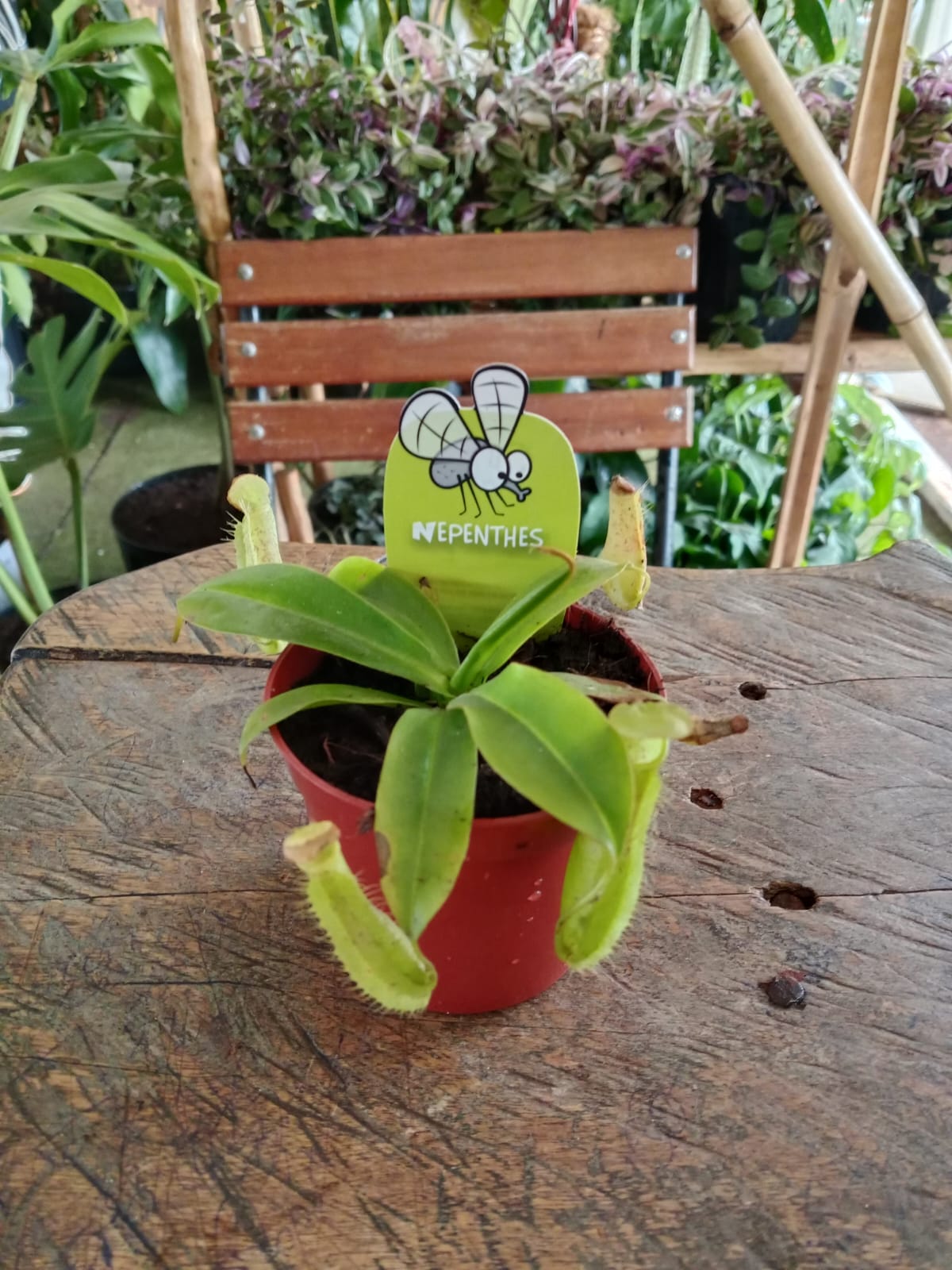Planty Kenya
Nepenthes
Nepenthes
Couldn't load pickup availability
Nepenthes: Exotic Beauty in Carnivorous Plants
Nepenthes, commonly known as...
Read More >>
Nepenthes: Exotic Beauty in Carnivorous Plants
Nepenthes, commonly known as tropical pitcher plants or monkey cups, are a fascinating and diverse group of carnivorous plants that capture the imagination with their elegant pitcher-shaped traps. With their unique adaptations for capturing and digesting insects, Nepenthes plants are not only functional but also incredibly beautiful, making them a captivating addition to any plant collection.
Exploring the World of Nepenthes:
Nepenthes species come in a wide range of shapes, sizes, and colors, each with its own distinct charm. From the delicate tendrils of Nepenthes alata to the impressive size of Nepenthes rajah, these plants showcase a remarkable diversity that appeals to plant enthusiasts and collectors alike. Their pitchers, often filled with digestive fluids, serve as traps for unsuspecting prey, highlighting the fascinating adaptation of these carnivorous plants.
Care Tips for Nepenthes:
1. Light:
Provide your Nepenthes plant with bright, indirect sunlight for optimal growth. Avoid exposing it to direct sunlight for extended periods, as this can lead to leaf burn. A location with filtered sunlight or artificial grow lights can help mimic its natural habitat.
2. Water:
Keep the soil of your Nepenthes plant consistently moist but not waterlogged. Use distilled water, rainwater, or purified water to prevent mineral buildup. Water the plant regularly, ensuring that the soil remains damp but not soggy.
3. Humidity:
Maintain a high level of humidity around your Nepenthes plant to mimic its tropical origins. You can increase humidity by using a pebble tray filled with water, a humidifier, or by misting the plant's leaves regularly.
4. Soil:
Plant your Nepenthes in a well-draining, nutrient-poor soil mix that mimics its natural growing conditions. A mix of sphagnum moss, perlite, and orchid bark can provide the ideal medium for these carnivorous plants.
5. Feeding:
While Nepenthes plants can capture insects on their own, you can supplement their diet by offering small insects like fruit flies, ants, or crickets. Avoid feeding them large insects that may damage the delicate pitchers.
Experience the Enchantment of Nepenthes:
Embrace the enchanting beauty and unique allure of Nepenthes plants in your home or garden. With proper care and attention to their specific needs, these extraordinary carnivorous plants will reward you with their stunning pitchers and fascinating behavior, making them a standout feature in any plant collection. Explore the captivating world of Nepenthes and elevate your botanical experience with these exotic treasures.
Share











